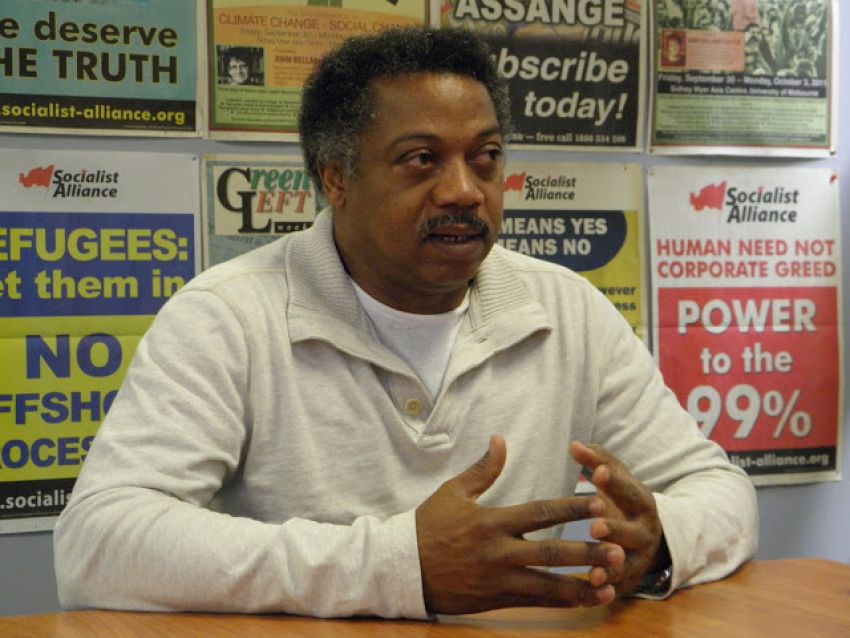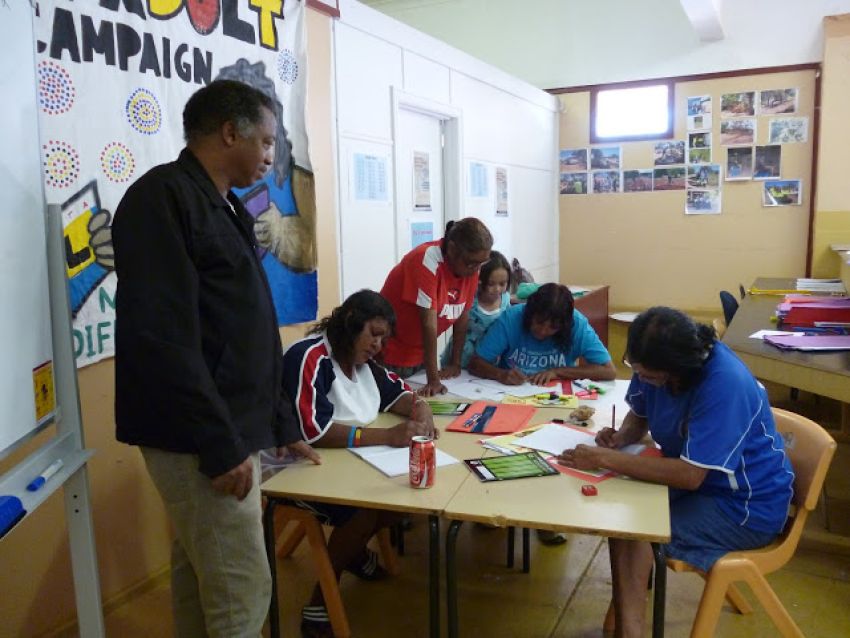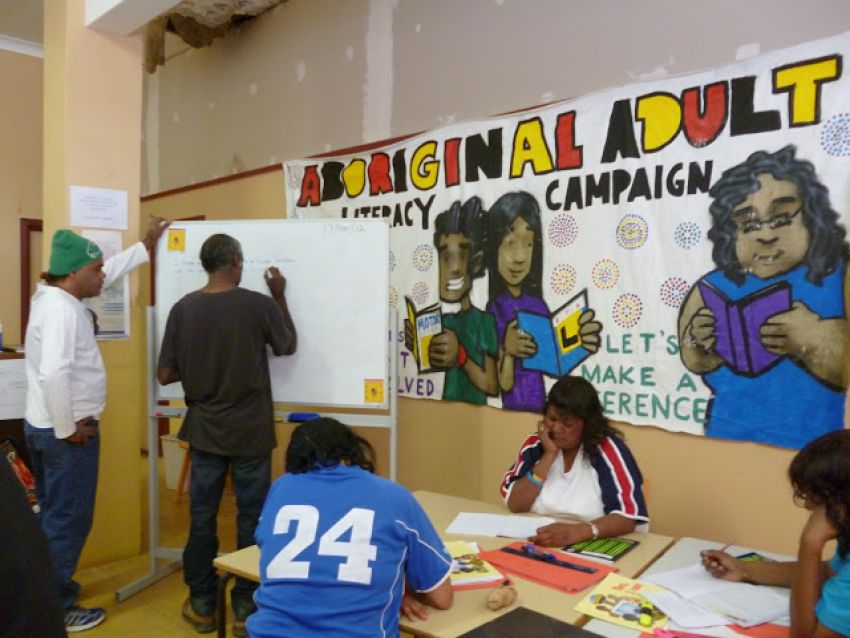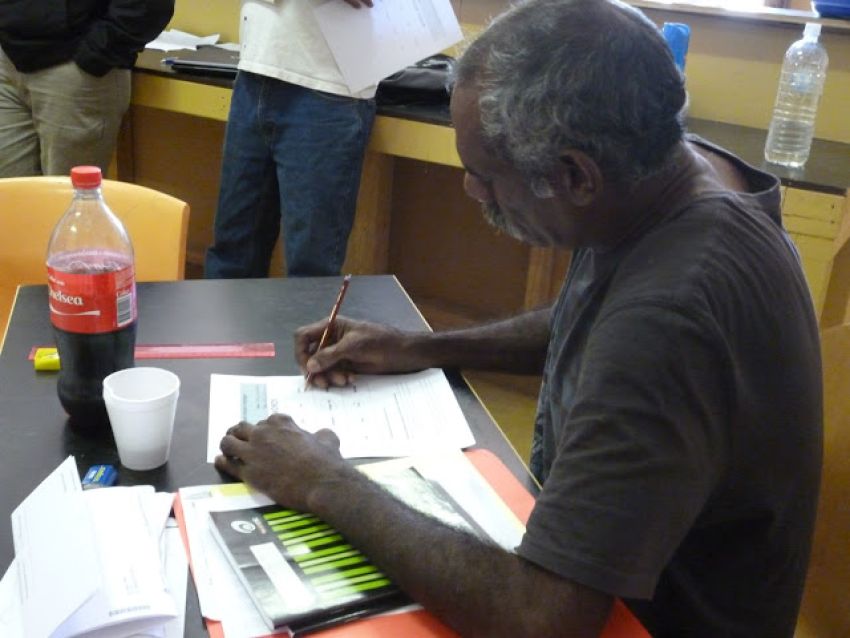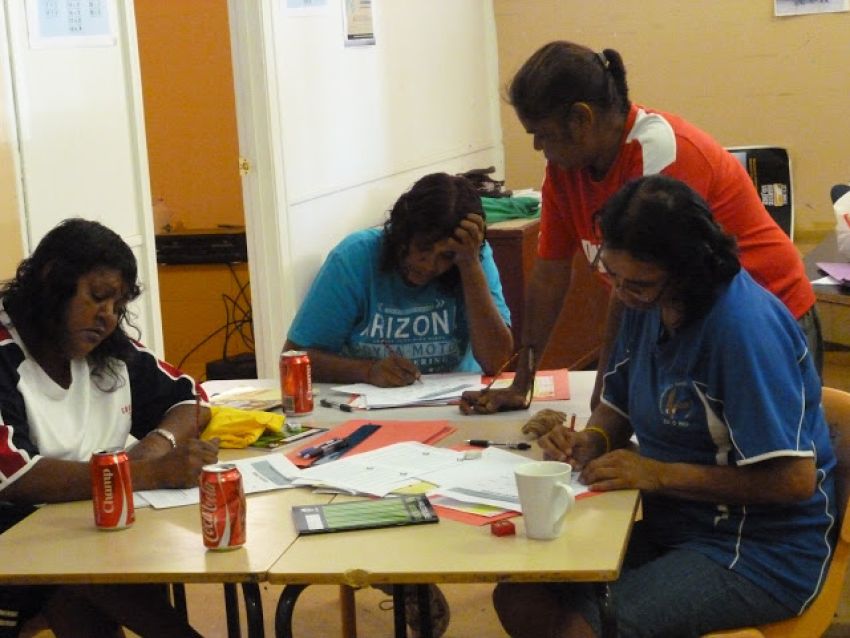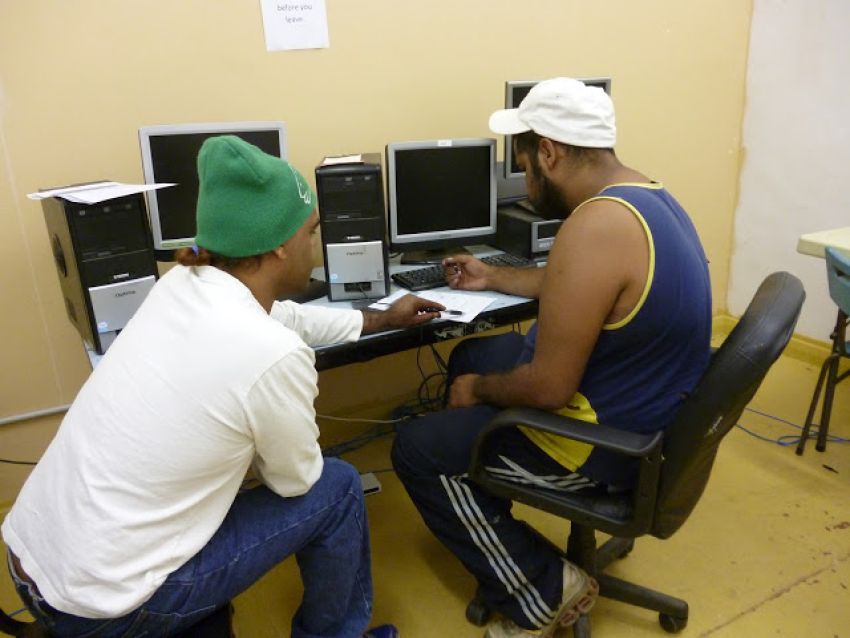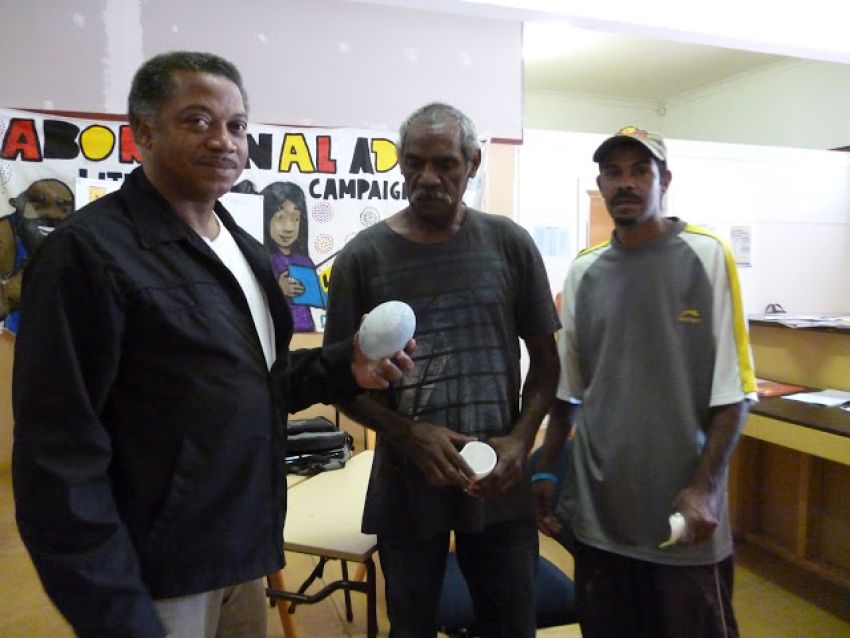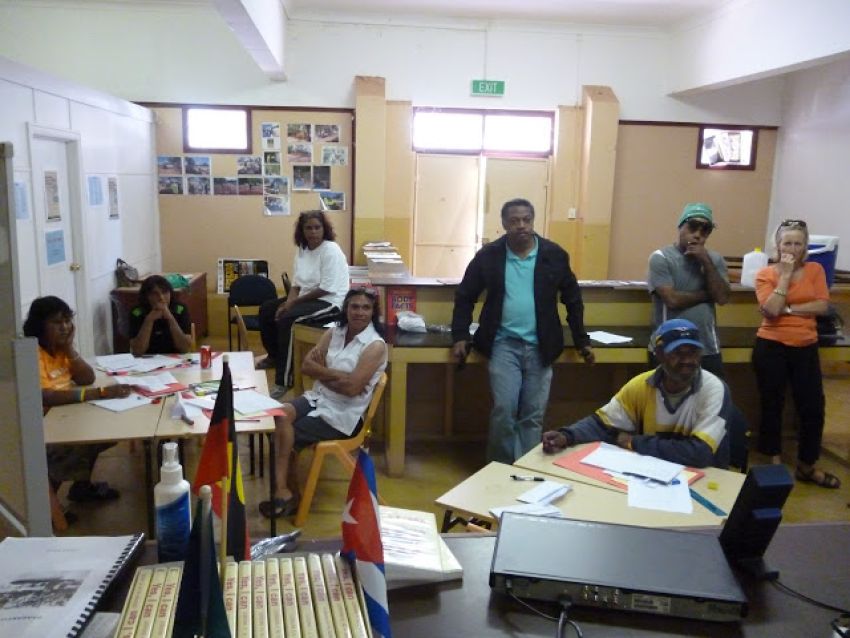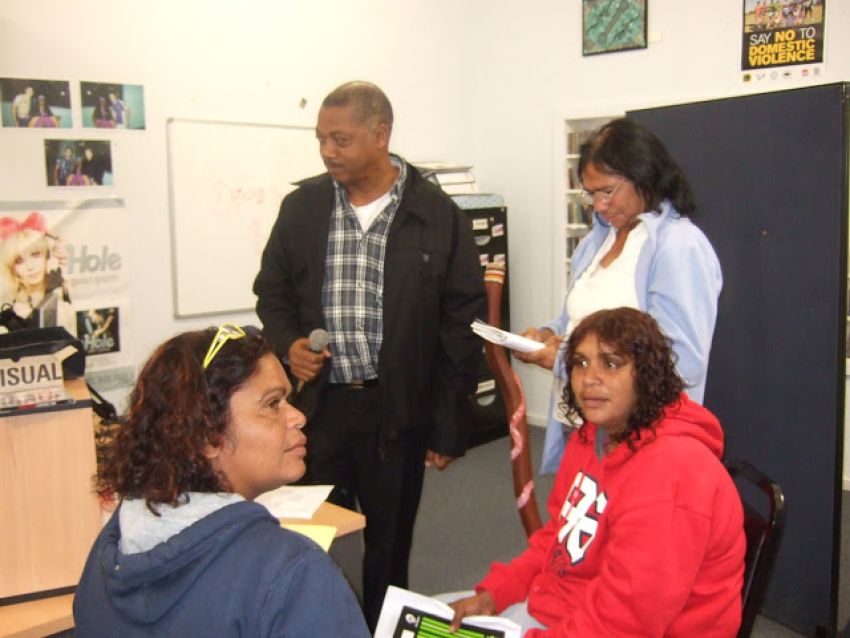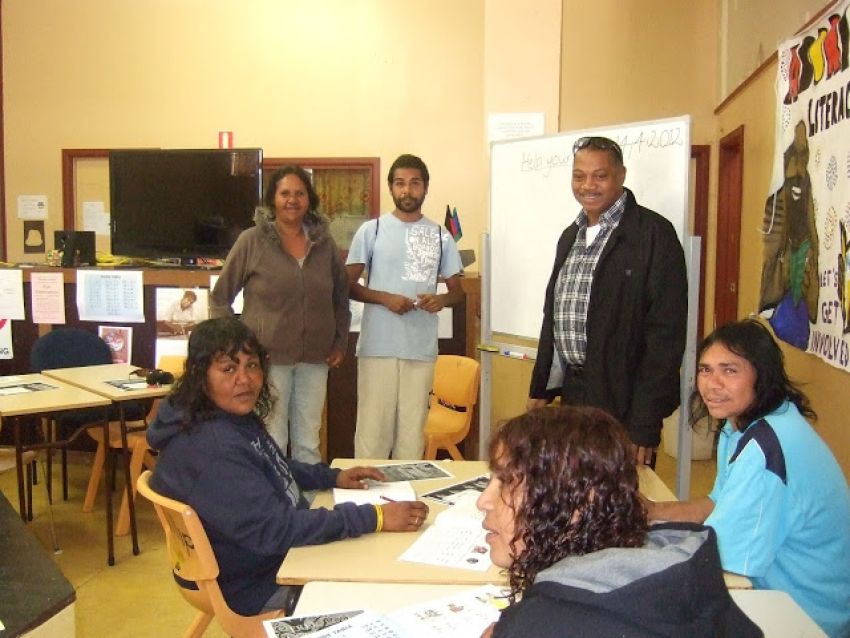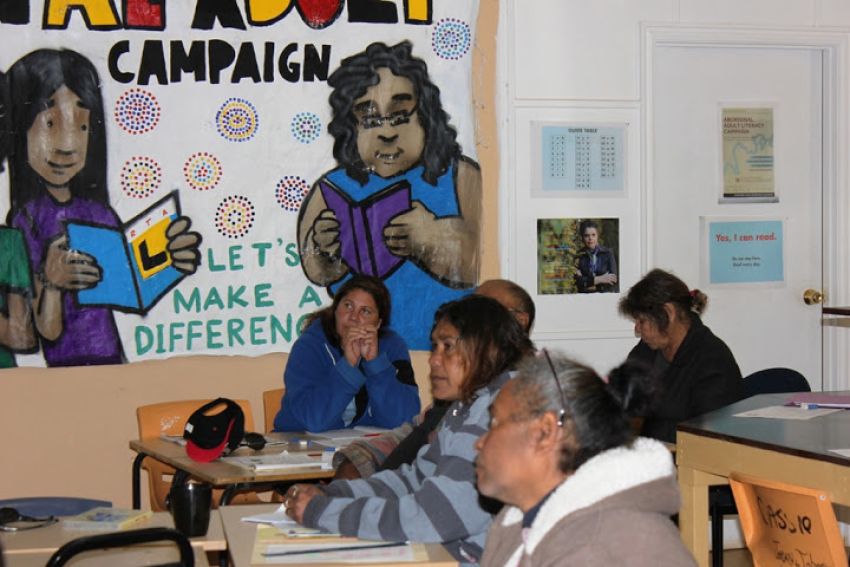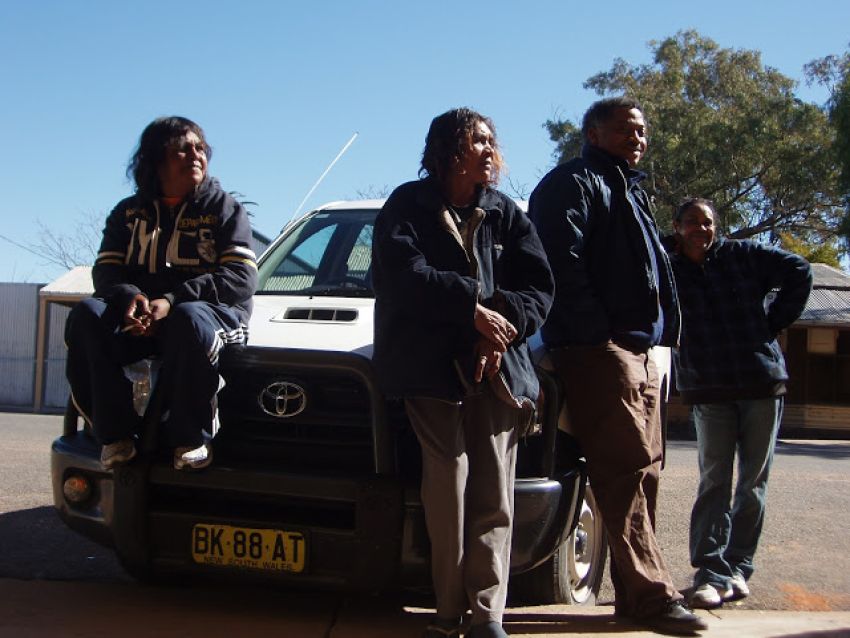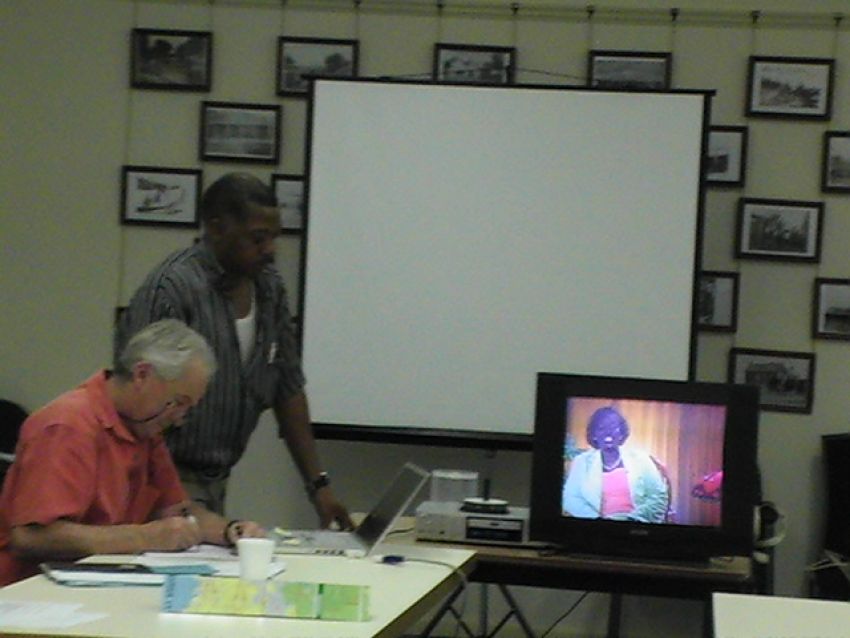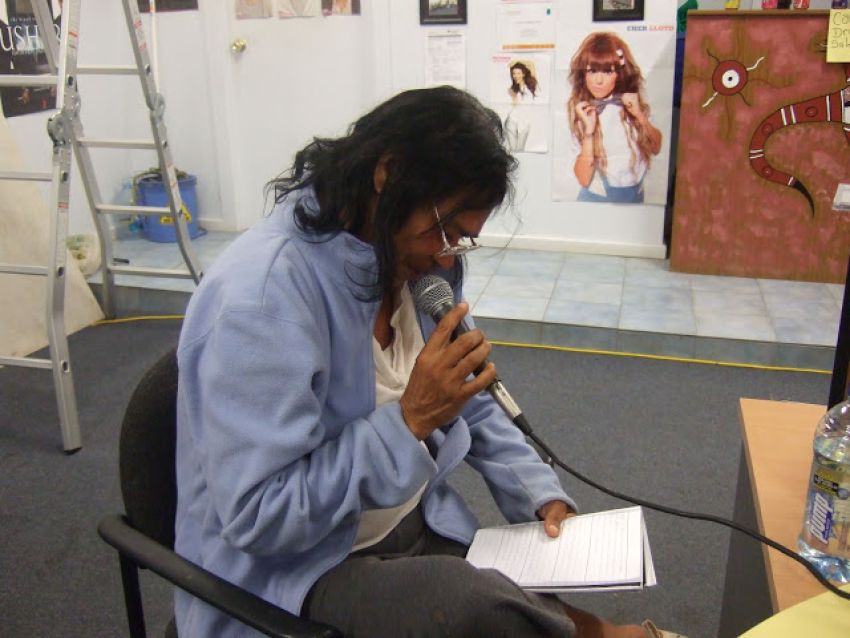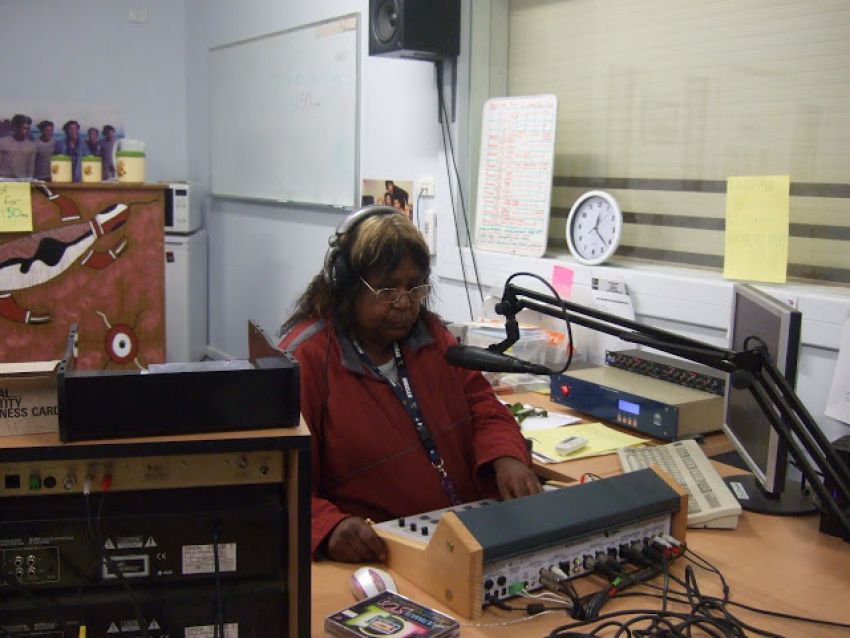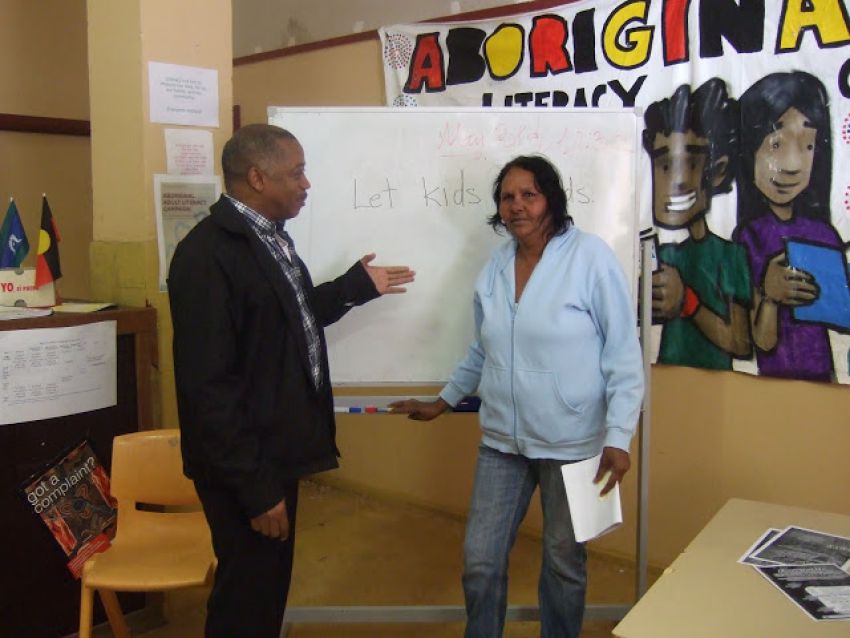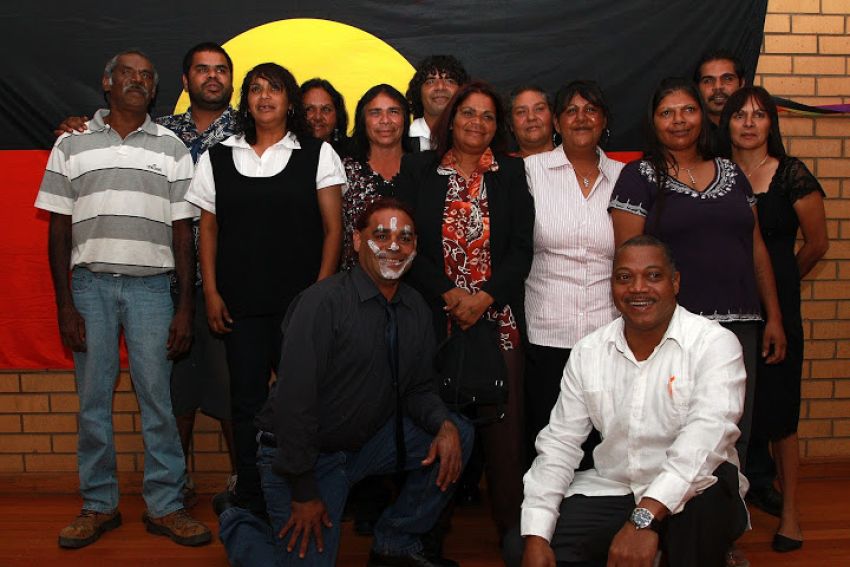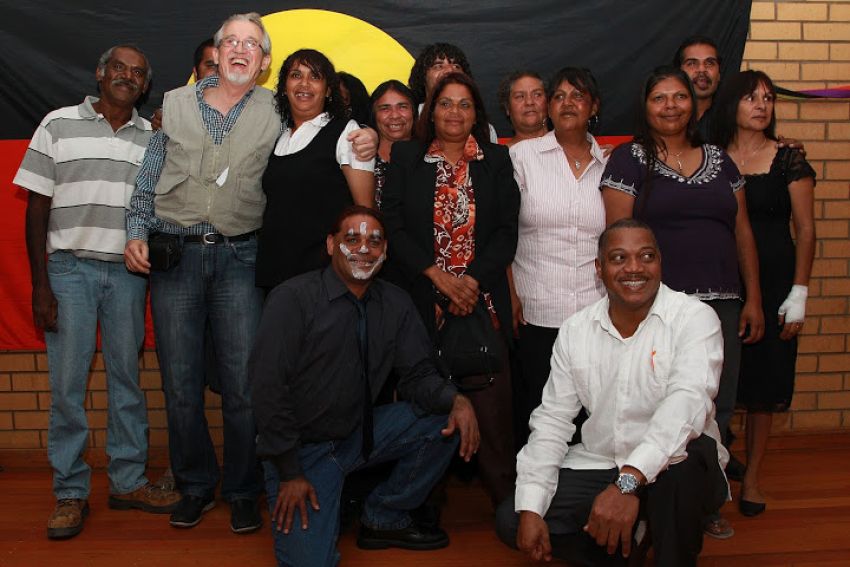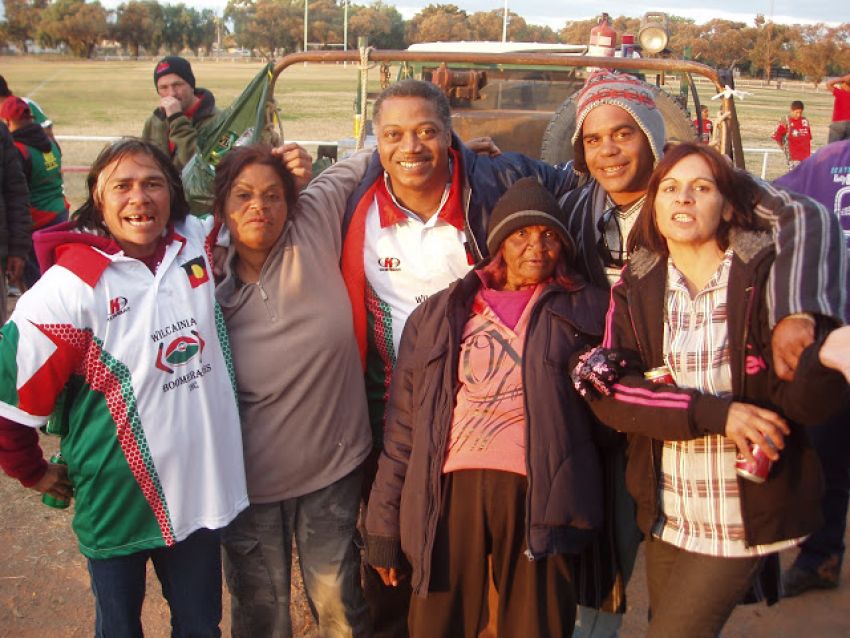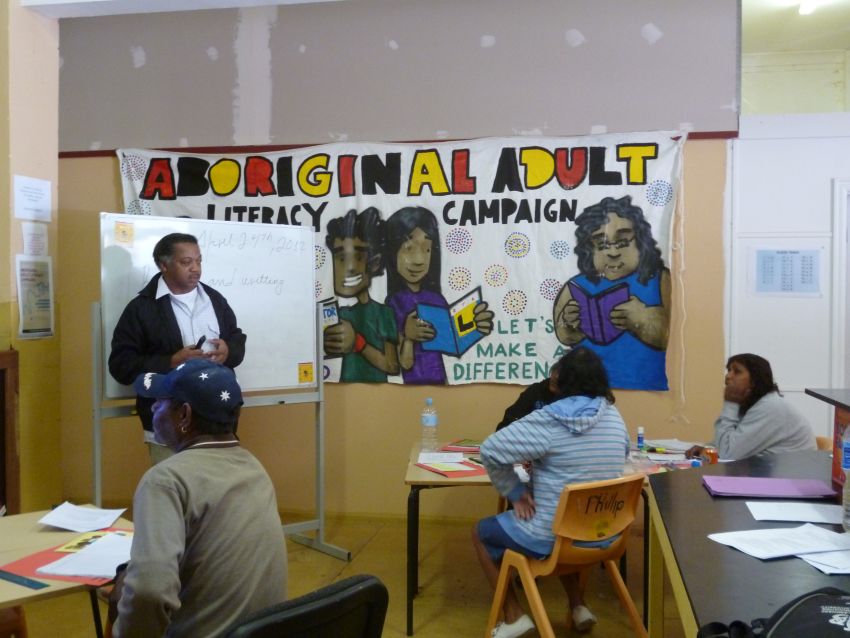
Sixteen Aboriginal adults in the remote New South Wales town of Wilcannia are the first graduates of a groundbreaking trial literacy program that would not have been possible without the help of a tiny Caribbean nation — Cuba.
At the beginning of this year, Cuban educator Jose Chala Leblanch arrived in Wilcannia to help establish the literacy program based on the world-famous “Yes, I Can” teaching method developed by Cuba.
Since then, the program has gone on to change the lives of many in the community, and other local communities are now hoping they, too, may also be able to take part in similar projects.
Green Left Weekly spoke to Chala to find out more about the program, just days before he flew back to Cuba after finishing his eight-month stay in Wilcannia.
Asked how it was that a Cuban educator came to find himself running a literacy program in a small rural town in Australia, Chala explained that this was just the latest example in Cuba's long history of “showing solidarity to many countries”.
This spirit of international solidarity, along with a focus on education, has been central to Cuba’s ongoing revolution that began with the successful overthrow of a corrupt dictatorship in 1959.
One of the first tasks that the Cuban people and their government took upon themselves was to provide education.
In 1961, a huge national literacy campaign involving about 100,000 young volunteers was launched to provide everyone with the opportunity to learn how to read and write.
“In less than a year we were able to tackle the issue of illiteracy,” said Chala.
“After a while we began helping other countries and developed a program named ‘Yes, I Can’, which was drafted by specialists in the field of education, including some of those that had participated in the national literacy campaign of 1961.”
Since then, the “Yes, I Can” program has been used in 28 countries and has helped teach more than six million people to read and write.
The Wilcannia project was the first time this teaching method has been used in Australia.
Chala said the idea for the Aboriginal adult literacy program emerged about 10 years ago as some people began “looking for a literacy program that could be run in Aboriginal communities”.
In 2009, “a more concrete idea was developed when some Aboriginal leaders, some progressive people, gathered in Alice Springs and asked for more information about the Cuban method”.
To learn more about the project, a group traveled to East Timor, where “Cuba has been working for some years — we have more than 150 teachers there — and after that they went to Cuba” to formalise an agreement with the Cuban government.
A proposal was presented to the Australian government last year, which agreed to fund the pilot project.
“Of course, the community also said yes,” added Chala, as “the community is very important in the way we approach the issue.”
In fact, community involvement is one of the two central principles of the “Yes, I Can” program.
The other is the idea that the course should be simple and accessible to all, because “sometimes the things that are simple, are also the best”.
Ensuring that “the community took ownership of the campaign” right from the beginning was key, he said.
Before his arrival, local elders and Aboriginal Adult Literacy Campaign Project Leader Jack Beetson began the process of explaining to the community the purpose of the program.
“So people [already] knew about the program, and when I arrived I talked to leaders, to elders and there was a big launch where the community could learn more about what I was doing there.
“It was a smooth and slow process but I think that is the best way because we wanted the community to be part of the campaign.
“We need to let them know what it is that we wanted to do with them, not for them.”
Beetson told ABC Broken Hill radio in February that “literacy is probably the most key human right that any person can have”. He said the strong focus on community involvement was a key factor in why it succeeded where all other similar projects have failed.
He said the program “really encourages everybody else to take ownership of it”.
“Right from the get-go on this project we’ve had a local community team that’s been advising us on how to go.
“Every household that has an Aboriginal person ... has been interviewed as part of this process, to look at what people's literacy needs are, so it's been a real community effort ...
“The key to it all is that the people who are employed on this project, doing all the ground work and the teaching in the program, are all local people.”
Chala said that by learning how to read and write, “the student that finishes the course has a better understanding about the world.
“Having learnt how to read and write, they also develop their oral communication so they talk about issues affecting the community … They become more outspoken and feel like they want to go on learning.
“They know that they can do it, and that they can do many things for themselves, for their family, even for their community.
“So they have a better quality of life.”
Chala said that although 16 people finished the course (10 in the first intake and six in the second), the full impact of the project cannot just be measured in numbers.
As a result, “now if you go to Wilcannia and you can ask almost anyone about the program, even those that were not part of it, they will say many good things about the program”.
The program has sparked interest in neighbouring towns.
Chala said: “Cuba is willing to show solidarity, to collaborate … We think we can do better working in association to benefit those that are most in need, in this case Aboriginal people.”
Federal parliamentary secretary for higher education Sharon Bird, who was present for the second round of graduations, told ABC Radio she believed the program had clearly been “a real success story for the town that they can all take pride in”.
